Ocean Ranch’s circular-economy aquafeed concept at a shrimp farm in Brazil gains investor backing
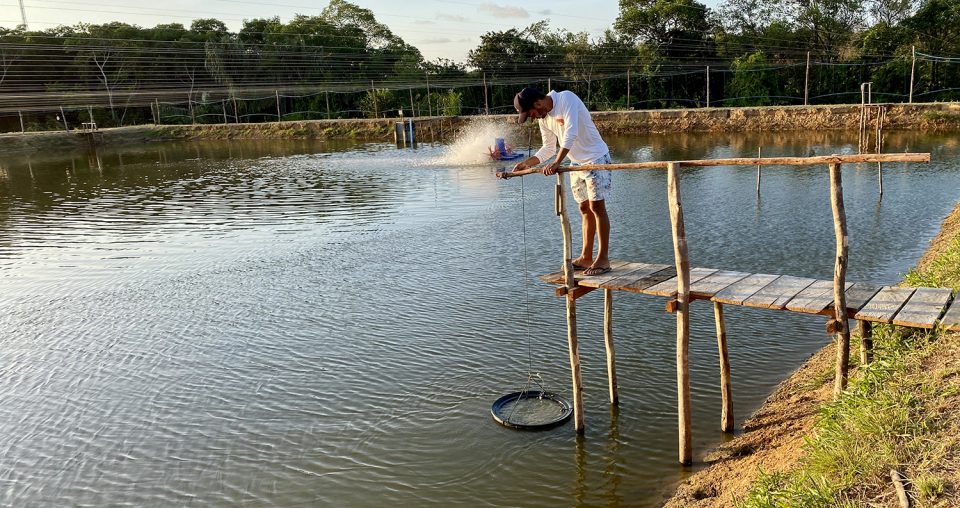
Ocean Ranch, a two-year-old company headquartered in Las Vegas, Nevada, has developed a regenerative fishmeal substitute for shrimp. Its intention is to supply global aquaculture farmers with regenerative fishmeal in the future, and ultimately end the use of wild catch extraction for fishmeal.
Founder James Baumgartner says his regenerative fishmeal is created by the natural conversion of ammonia to protein.
“There’s enough ammonia pollution in global waterways that, with the proper technologies, we could fully satisfy the human requirement for all protein this way and have so much excess we could cancel contaminating agricultural practices,” he said.
Baumgartner was a mid-level producer for an HBO series until 2020, when he switched to aquaculture in pursuit of a clean protein – one produced without damage to the environment.
“I wanted to channel my life energy to something more purposeful,” he said. “I started to focus on aquaculture with a low-carbon footprint, no ecological damage in production and no impact on the oceans.”
His goal was lofty: farming seafood in a way that benefits the earth, and on a scale that would serve population demand in a responsible way. His focus was shrimp.
“It’s the No. 1 seafood in the western world but it has a [large] carbon footprint,” he said, “and it shouldn’t be so, because shrimp is a very low-trophic species that lives on matter left behind by other animals.”
He partnered with Fabio Higa, a shrimp farmer who has also focused on aquaculture circular economies. “Fabio had spent a long time exploring the concept of a circular economy in commercial shrimp and had dreams of building it at a commercial scale,” he said. They leased a shrimp farm in Brazil that provided an affordable opportunity to test their project at commercial scale.
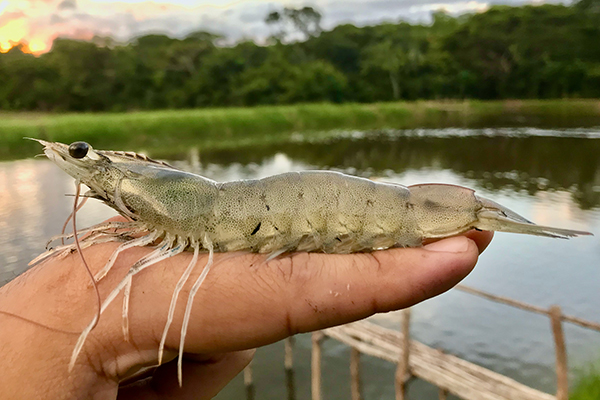
Their goal was to create a circular-economy product that lowered the reliance of fishmeal in commercial feed while simultaneously lowering the ammonia impact of fish effluent in waste streams. And over the past year and a half they began developing ammonia into proteins that could be consumed by their Pacific white (Litopenaeus vannamei) shrimp.
Baumgartner didn’t divulge the details of the conversion process but said that Ocean Ranch is utilizing a crustacean species native to the Brazilian forest to convert ammonia into fishmeal. The crustacean species is an intermediary species that is polycultured in the same pond as the shrimp. It consumes the nitrates in the water and is in turn consumed by the shrimp. The nutritional content of the intermediary species is better than that of fishmeal and therefore makes a perfect aquafeed, he said.
Currently, this shrimp farm is using feeds with fishmeal while regenerative fishmeal trials continue. By the end of the year, however, he expects to be in full production with 60 percent efficiency, meaning only 40 percent of Ocean Ranch’s shrimp feed will be comprised of commercial feed. In the future, he said the company will be able to offset 100 percent of its commercial feed requirement.
For the near term, shrimp sales will drive revenue for Ocean Ranch, and those shrimp will be polycultured in the same pond as the intermediary species. Down the road, the company plans to farm the intermediary species separately utilizing ammonia-rich nutrient flow from upstream. Baumgartner plans to partner with a feed mill to convert it into a fishmeal substitute that would be sold to other aquaculture – and potentially agriculture – producers.
“It takes a significant amount of production for a feed mill to create a specialty feed line, so until we’re at that scale, it’s more profitable for us to be producing shrimp,” he said. “Hopefully by the end of 2023 we’re producing enough biomass to partner with a feed mill to create a specialty fishmeal-free commercial feed line.”
Baumgartner recently participated in the Hatch Innovation Studio in Hawaii. Program Manager Benedict Tan said Ocean Ranch’s fishmeal alternative, with its potential commercial and environmental benefits, was of particular interest to the Hatch team.
“James is a hands-on entrepreneur and his company’s solution to replace fishmeal could mitigate both biodiversity loss and nitrogen pollution with scale,” he said.
It takes a significant amount of production for a feed mill to create a specialty feed line, so until we’re at that scale, it’s more profitable for us to be producing shrimp.
“The aquaculture industry uses large amounts of wild-caught fishmeal for aquafeed and the majority of wild fisheries are overfished or at capacity. If seafood from aquaculture is to increase according to [United Nations’ Food and Agriculture Organization] projections, such alternatives need to be scaled to reduce the impact on marine ecosystems,” Tan added. “The founding team at Ocean Ranch is driven and passionate about mitigating industry challenges. They are keenly aware of challenges on the ground as they have their own production site, and they can test their own product and have credibility as producers to pitch to other stakeholders in the supply chain. They are still in early stages, but we hope that in five to 10 years they can produce meaningful quantities of their product for the market.”
Ocean Ranch has a team of 20 managing the farm, which has an annual production capacity of 100 metric tons of shrimp and has produced 45 metric tons to date.
“What we’ve achieved in the past two years, makes us a serious contender for the sustainable shrimp supply in the Americas and Europe,” Baumgartner said.
Ocean Ranch plans to have its first ecological shrimp samples available stores in Q4 2022 in California. The immediate hurdle is marketing and getting consumers to understand that the product is sustainable, and what sets it apart from others, he said.
“The term sustainable has been watered down in the consumer market and there are too many badges, marketing tools we use to get a better price point for our products,” he said. “The challenge for us is how we will differentiate ourselves from other shrimp products in the shrimp counter that carry the same label.”
Editor’s note: The original version of this article stated that Ocean Ranch participated in the Hatch accelerator program. The company participated in Hatch’s Innovation Studio. We regret the error.
Follow the Advocate on Twitter @GSA_Advocate
Now that you've reached the end of the article ...
… please consider supporting GSA’s mission to advance responsible seafood practices through education, advocacy and third-party assurances. The Advocate aims to document the evolution of responsible seafood practices and share the expansive knowledge of our vast network of contributors.
By becoming a Global Seafood Alliance member, you’re ensuring that all of the pre-competitive work we do through member benefits, resources and events can continue. Individual membership costs just $50 a year.
Not a GSA member? Join us.
Author
-

Lauren Kramer
Vancouver-based correspondent Lauren Kramer has written about the seafood industry for the past 15 years.
Tagged With
Related Posts

Aquafeeds
A new nutrient for aquaculture, from microbes that consume carbon waste
Biotechnology firm NovoNutrients aims to produce a line of nutraceutical aquafeed additives as well as a bulk feed ingredient that can supplement fishmeal. Its process includes feeding carbon dioxide from industrial gas to a “microbial consortium” starring hydrogen-oxidizing bacteria.
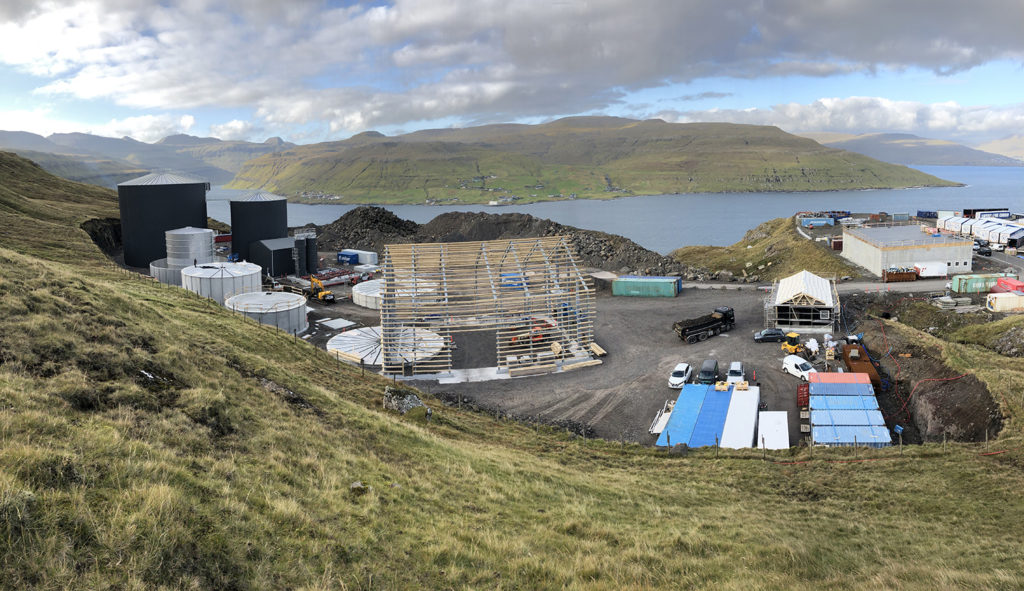
Aquafeeds
Waste not: Novel protein-recapture initiatives for aquaculture
A Norwegian fermentation technology firm utilizes volcanic matter to transform salmon waste, including feces and uneaten feed, into a high-protein powder.
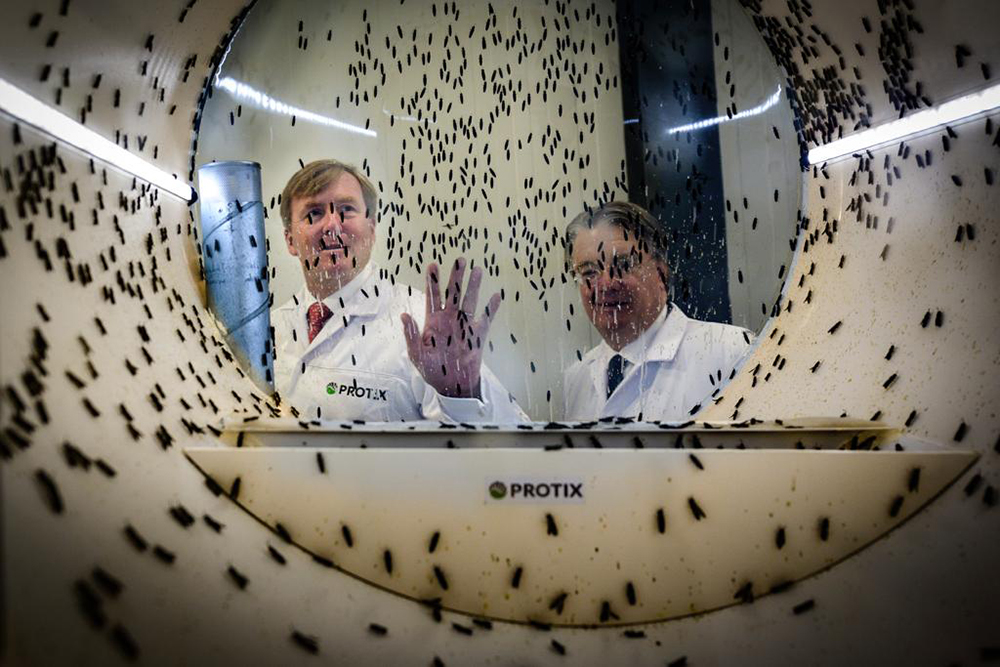
Aquafeeds
World’s largest fly factory attracting investors eyeing aquafeed expansion
A high-capacity black soldier fly factory puts Protix in position to ramp up production. Investors explain why they’re betting on the sector’s success.
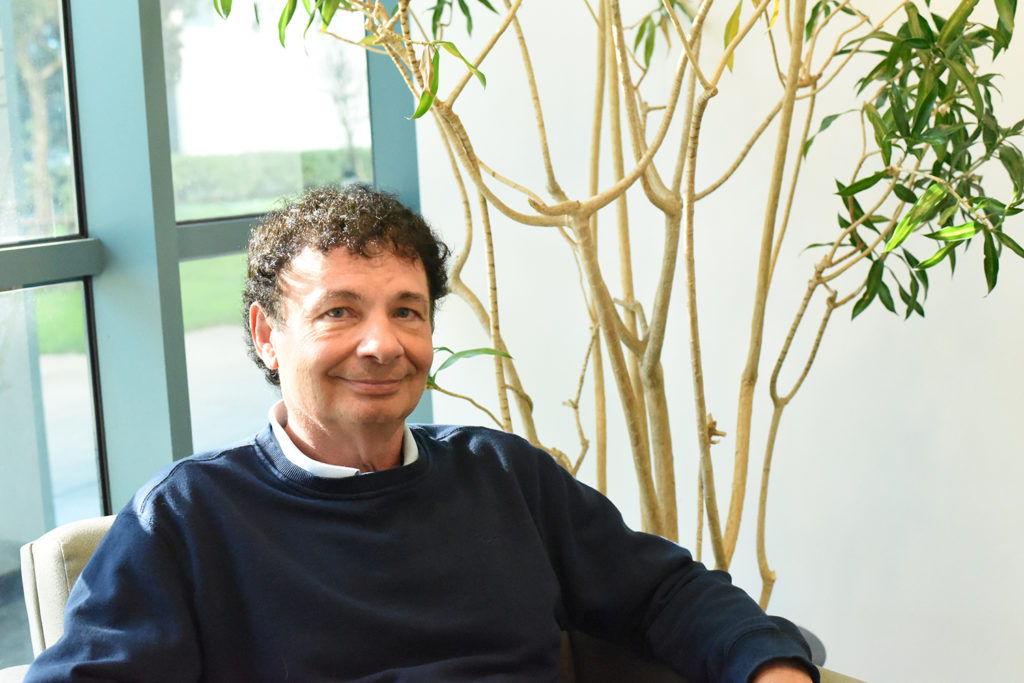
Innovation & Investment
Aquafeed ingredient AlgaPrime wins GAA Innovation Award
A proliferation of alternative feed ingredients has allowed aquaculture to extend the natural resources it depends on. AlgaPrime, packed with the long-chain omega-3 fatty acid DHA, is being recognized as a game-changing innovation for aquaculture feeds.


